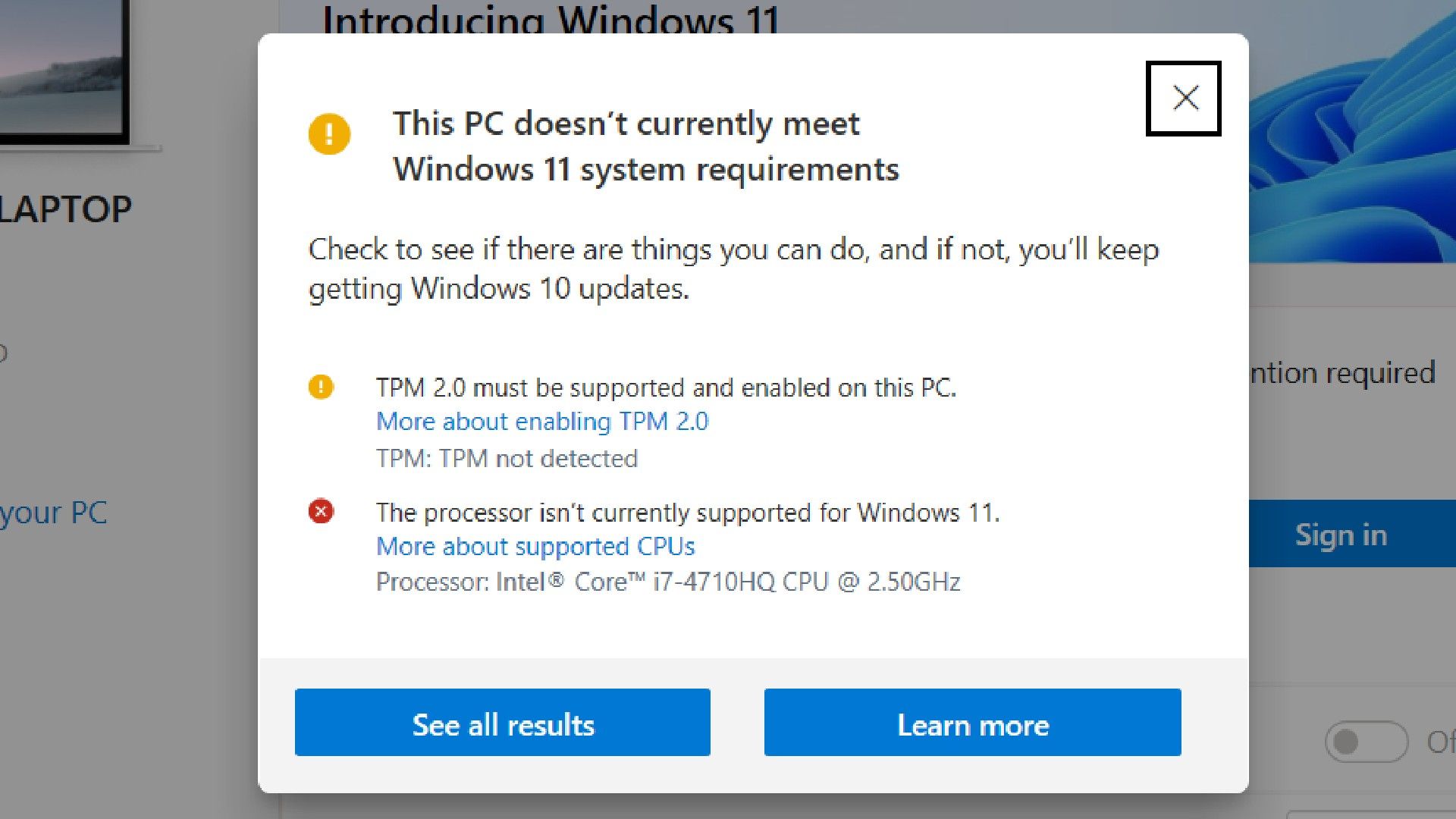#7 must-know marketing attribution definitions to avoid getting gamed

Table of Contents
Understand the real definitions of common attribution models and metrics to gain clarity on your marketing performance
This is ultimately a net positive for programs and the industry in general, but an incomplete understanding of analytics leads to ripe ground for getting deceived.
Whether it’s auditing accounts run by other agencies or hearing marketing partners give poor advice on joint client calls, I’ve seen plenty of instances where platforms, agencies and even internal teams are juicing their stats to twist “performance” for their benefit.
What’s the antidote?
Knowing the measurement terms cold – their definitions, significance, examples of them at work and ways bad actors commonly manipulate them.
In this article, I’ll put some of the most common terms in focus.
What is attribution?
Before we get into the ways attribution can be manipulated, let’s define attribution itself:
Attribution is the process of assigning credit for a conversion to a specific marketing channel or touchpoint. It helps you understand which marketing channels drive the most conversions so you can allocate your marketing budget accordingly.
Now, with that said, internal teams, departments and agencies are all heavily incentivized to show as big an impact as possible and some use sketchy techniques to pump up numbers.
Here are seven attribution models and related factors you need to know to be on the lookout.
1. Multi-touch attribution (MTA)
This method of attribution assigns credit for a conversion to multiple marketing touchpoints. Common attribution models are last-touch, last-touch, linear, decay and the always popular black box, data-driven.
Why it is important
Multi-touch attribution can help you understand the impact of all marketing channels that contribute to a conversion.
Example
Let’s say a customer clicks one Google ad on Monday and another on Tuesday and converts on the second ad. The first click will credit Monday’s ad, last click will choose Tuesday’s ad and other models will give values to each depending on their logic.
How it is gamed
Usually, this happens when you just flip through different models until you see numbers that fit your story.
- If you are running upper-funnel campaigns, move to more early-touch attribution.
- If you are running retargeting, email or branded search campaigns, move to later attribution models (including the still-too-common last-touch model).
Note: Be skeptical of any black box models because they’re ripe for subjectivity. For example, Google’s data-driven option in Google Analytics has every incentive to give Google more credit than other paid media channels. And remember that although MTA is much better than single-touch attribution, it doesn’t account for incrementality.
Dig deeper: Google’s attribution model shake-up: 3 solutions for advertisers
2. Marginal efficiency vs. avg. return
Marginal efficiency is the additional revenue you generate from each dollar you spend on marketing. Virtually all media spend follows a log-shaped return curve.
Why it is important
The point at which marginal cost equals marginal revenue minus operational cost is when conversions stop being profitable. Knowing this number helps you get smarter about the CPAs you’re willing to accept.
Example
If a program spends $100 for 10 conversions, you have an average CPA of $10, but each conversion costs more than the previous one.
This means that conversions start cheaper and get more expensive – so, although the ratio doesn’t have to be exact, something like half of your conversions are less than $10 and half are higher.
How it is gamed
Back in the day, I heard a VP at Google claim, “Hey, if you make $50 per conversion, you can make money until your average CPA is above $50, so push up to that point!”
However, since we know that half of that spend is going toward conversions over $50, those more expensive conversions are being bundled with cheaper ones.
3. Non-incremental conversion measurement
Non-incremental conversions are conversions that would have happened even if you had not run any marketing campaigns.
Why it is important
Identifying non-incremental conversions helps you accurately measure the impact of your marketing campaigns – and allocate budgets more effectively.
Example
If you have a loyal customer base who regularly purchases your products, then some of the conversions you generate from your marketing campaigns would have happened even if you had not run the campaigns.
The same is true of many direct response marketing campaigns for brands that have built positive awareness with upper-funnel marketing: many customers would have purchased even without seeing the direct response ads.
How it is exploited
We often see brand search campaigns and retargeting campaigns over-credited for conversions that would have happened without users seeing or interacting with those ads.
Other scenarios that get over-credited include:
- Facebook prospecting without visitor exclusion.
- Retargeting in general.
- Campaigns that include view-through conversions in optimization targets.
- Email.
- Branded search.
4. Halo effect
Also known as non-tracked conversions, this is the positive impact that marketing has on sales that are not tracked.
Why it is important
The halo effect can be a significant source of revenue for businesses. It is important to be aware of the halo effect and take advantage of it.
Example
If you run a branding campaign that increases awareness of your brand, then you may see an increase in sales even if you cannot track the specific conversions generated by the campaign. (Think of campaigns like highway billboards or TV commercials.)
How it can affect search campaigns
Positive marketing without clear tracking can show up in other metrics, specifically increased brand search volume. The stronger your halo effect, the more important it is to understand non-incremental conversions, which may impact some budgeting decisions in search campaigns.
5. Marketing mix modeling (MMM)
This is a statistical technique used to measure the impact of marketing variables on sales. What’s nice is it doesnt need any attributed channel/campaign conversions.
Why it is important
MMM can help you understand which marketing variables have the greatest impact on sales so that you can allocate your marketing budget accordingly. It relies on a significant amount of historical data to be effective.
Example
MMM can be used to measure the impact of factors such as advertising spending, pricing and distribution on sales.
How it is exploited
MMM is a great tool to combine non-incremental/non-tracked and marginal performance, but it isn’t a perfect tool.
As you would expect, these models correctly recognize upper-funnel investment, but they have difficulty distinguishing between channels if all spend rises equally.
The majority of acquisition budgets rise and fall with seasonality. It is important to rerun these analyses after deliberately introducing and controlling variance.
Dig deeper: Exploring Meridian, Google’s new open-source marketing mix model
6. Click-through versus view-through attribution
This is a method of attribution that assigns credit for a conversion to the ad the customer clicked on or viewed.
Why it is important
Click conversions are more meaningful than view conversions. The engagement means that there was more of an impact on the user. There is some value of view-throughs – not least in providing data density when it’s hard to come by – but that is more difficult to measure.
Example
If a customer sees a Facebook ad and then visits your website but does not click on the ad, you would attribute a view-through conversion if you are using a view-through attribution model. However, if you are using a click-through attribution model, you would not attribute the conversion to the Facebook ad because the customer did not click on it.
How it is gamed
Giving view-through conversions the same value as clicks is disingenuous. Worse is just having one bucket of conversions that are a combination of clicks and views.
This might be more common than you think if you don’t know how to look out for it. For instance, YouTube performance does not cleanly differentiate between the two. It is common for advertisers to use one-day view-through lookback windows in Facebook campaigns.
7. Cookie window or lookback window
This refers to specifying the time after a customer sees or clicks on an ad during which you will attribute a subsequent conversion to that ad.
Why it is important
The length of your cookie window can significantly impact your performance. A longer cookie window will give you credit for more conversions but there is also a higher chance that there are other influences.
Example
If you have a cookie window of 30 days, then any conversions that occur within 30 days of a customer seeing or clicking on your ad will be attributed to that ad.
How it is gamed
The longer the window, the more conversions are attributed – but the higher the chance that other factors will have influenced the conversion without getting credited.
The truth about marketing attribution models and metrics
Even if some of these forms of measurement are simply applied incorrectly by marketers with good intentions, it’s still your brand’s budget that takes the hit.
If your campaign management involves any of the initiatives or measurement techniques listed above – or if you start hearing other, new-to-you terms put into play – make sure you’re up to speed on the actual definitions and the optimal use cases before making any decisions based on the “data” presented to you.
Dig deeper: 5 outdated marketing KPIs to toss and what to reference instead
If you liked the article, do not forget to share it with your friends. Follow us on Google News too, click on the star and choose us from your favorites.
If you want to read more like this article, you can visit our Technology category.




